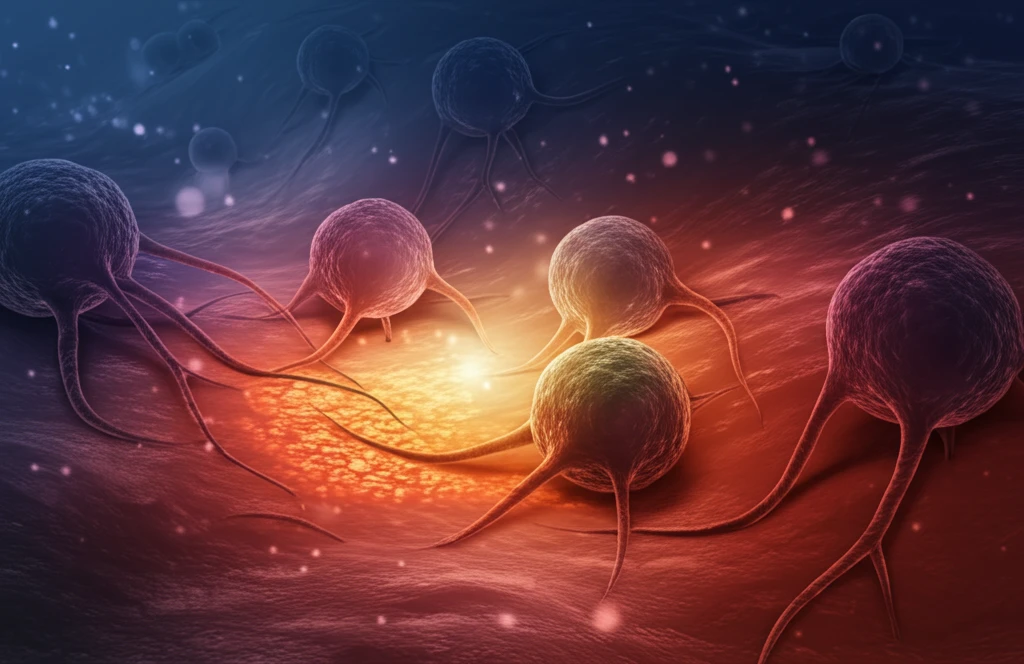
Decoding Cancer: How New Imaging Tech Can Predict Treatment Success
"Revolutionary IVIM-DWI could transform cancer care by accurately predicting how rectal tumors respond to chemotherapy, paving the way for personalized treatment strategies."
For individuals battling locally advanced rectal cancer (LARC), neoadjuvant chemoradiotherapy (nCRT) followed by surgery has become a standard treatment approach. However, not everyone responds the same way, leading researchers to seek better methods of predicting treatment success. A new study published in Scientific Reports investigates how a cutting-edge imaging technique called intravoxel incoherent motion diffusion-weighted imaging (IVIM-DWI) could help.
The core challenge lies in accurately identifying which patients will achieve a pathological complete response (pCR), meaning no detectable cancer cells remain after treatment. Those who achieve pCR typically have better long-term outcomes, and some may even be able to avoid surgery altogether. On the flip side, patients with a poor response might be spared the side effects of a treatment that won't work for them.
Traditional methods like MRI volumetric evaluation and T-downstaging often fall short because they primarily focus on changes in tumor size and structure, which can lag behind changes at the cellular level. More advanced imaging techniques like diffusion-weighted imaging (DWI) and dynamic contrast-enhanced MRI (DCE-MRI) have shown promise, but they have limitations, including inconsistent results and the need for contrast agents.
IVIM-DWI: A New Hope for Personalized Cancer Treatment

IVIM-DWI is a modified version of DWI that goes a step further. While standard DWI measures the overall movement of water molecules in tissues, IVIM-DWI separates this movement into two components: the pure diffusion of water and the movement of water related to blood flow in tiny blood vessels (microcirculation). This distinction is crucial because cancer treatment affects both cellular structure and blood supply.
- ADC (apparent diffusion coefficient): Overall water movement.
- D (pure diffusion coefficient): Water movement independent of blood flow.
- D (pseudo-diffusion coefficient): Water movement related to microcirculation.
- f (perfusion fraction): The proportion of water movement related to microcirculation.
The Future of Cancer Treatment: Personalized and Precise
IVIM-DWI holds great promise for transforming how doctors treat rectal cancer and potentially other cancers as well. By providing a more detailed picture of what's happening at the cellular and microvascular level, this technique can help tailor treatments to each individual patient, increasing the likelihood of success and minimizing unnecessary side effects.
